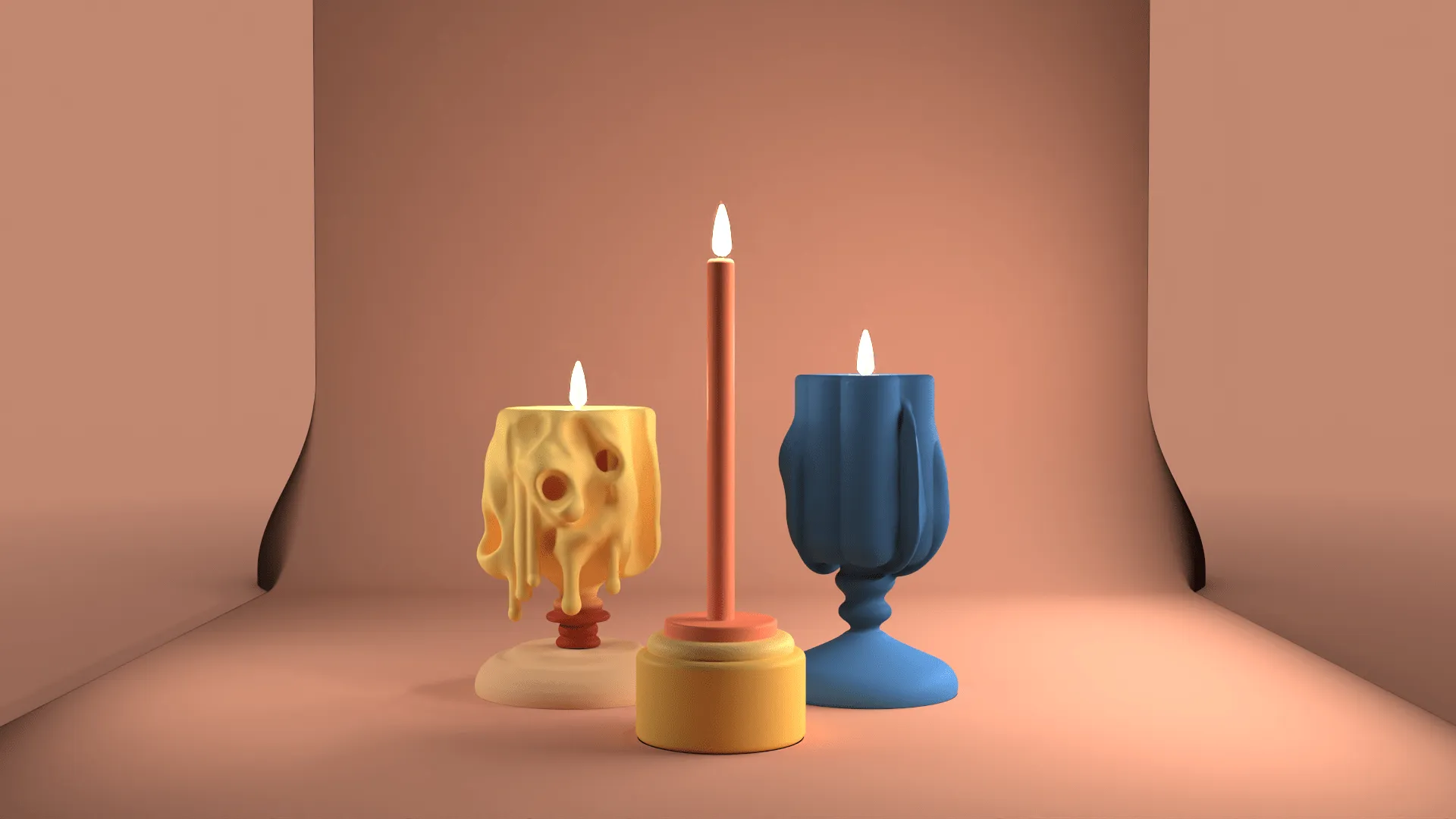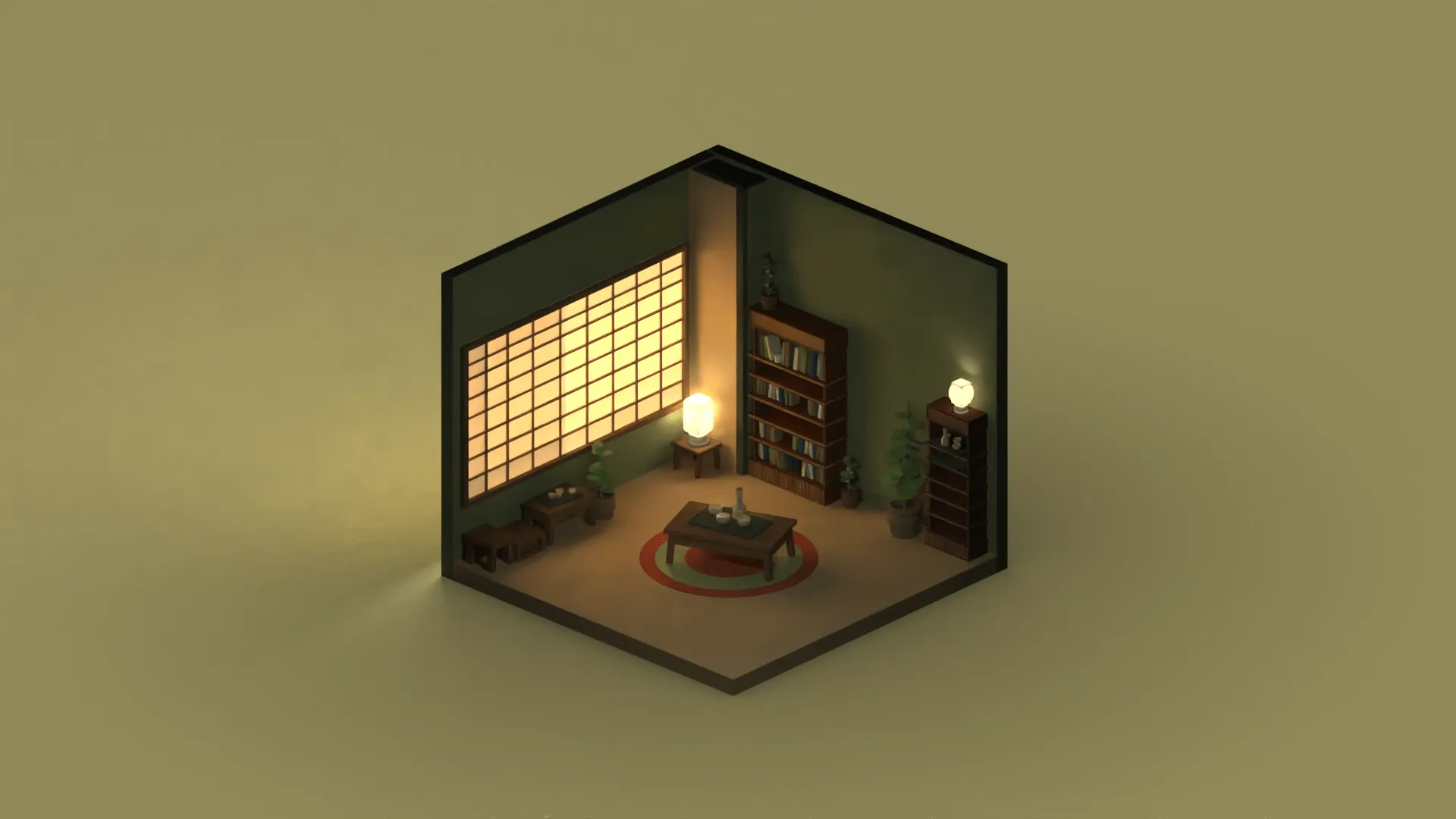
Welcome to the exciting realm of 3D rendering, where light takes center stage in creating captivating virtual worlds. In this article, we will embark on a journey to unravel the importance of lighting in 3D rendering and discover how it plays a fundamental role in setting the mood and atmosphere of digital scenes. Whether you are an aspiring 3D artist or simply curious about the magic behind realistic computer-generated imagery, join us as we explore the key principles and concepts that underpin the art of lighting in 3D.
The Importance of Lighting in 3D Rendering:
Lighting serves as the cornerstone of 3D rendering, breathing life and depth into virtual environments. Beyond mere aesthetics, lighting plays a vital role in enhancing realism, evoking emotions, and guiding the viewer's attention.


Explaining the different types of lighting sources in 3D rendering:
Directional Lighting: Simulating Sunlight or Strong Artificial Light
Directional lighting mimics the natural light of the sun or strong artificial light sources like stadium floodlights.It provides a consistent light direction throughout the scene, casting shadows in a single direction.
Ideal for creating realistic outdoor environments, it can evoke a sense of time, weather conditions, and enhance object definition.
Point Lighting: Creating a Single Point of Light, like a Lamp or Candle
Point lighting focuses on a single point in space, simulating light sources such as lamps, candles, or light bulbs. It radiates light uniformly in all directions from its source, illuminating the surroundings with a spherical pattern.
Commonly used to emphasize specific objects, create warm and intimate settings, or add localized highlights and shadows.
Spot Lighting: Focusing Light on a Specific Area or Object
Spot lighting is characterized by a concentrated beam of light that illuminates a particular area or object with high intensity. It provides a well-defined and controllable light cone, allowing precise highlighting and creating dramatic effects.
Frequently utilized to draw attention to key elements, simulate stage lighting, or generate a sense of depth and contrast.
Ambient Lighting: Providing Overall Illumination without a Specific Source
Ambient lighting is a non-directional, soft, and diffused illumination that fills the entire scene. It represents the general environmental light present in the absence of specific light sources.
Essential for creating a balanced and natural-looking scene, it helps to avoid overly harsh shadows and contributes to overall visibility.
Each type of lighting source brings its unique qualities to the artistic palette of 3D rendering, offering versatile options for creating various moods and atmospheres. By combining and manipulating these lighting sources, artists and designers can achieve compelling visual narratives, evoke emotions, and guide the viewer's attention within the virtual space.
Tips and Best Practices for Lighting in 3D
If you want to get started with watching a beginner level 3D lighting video tutorial before reading the tips and tricks, here you go!
Understanding the Principles of Light and Shadow in the Real World: